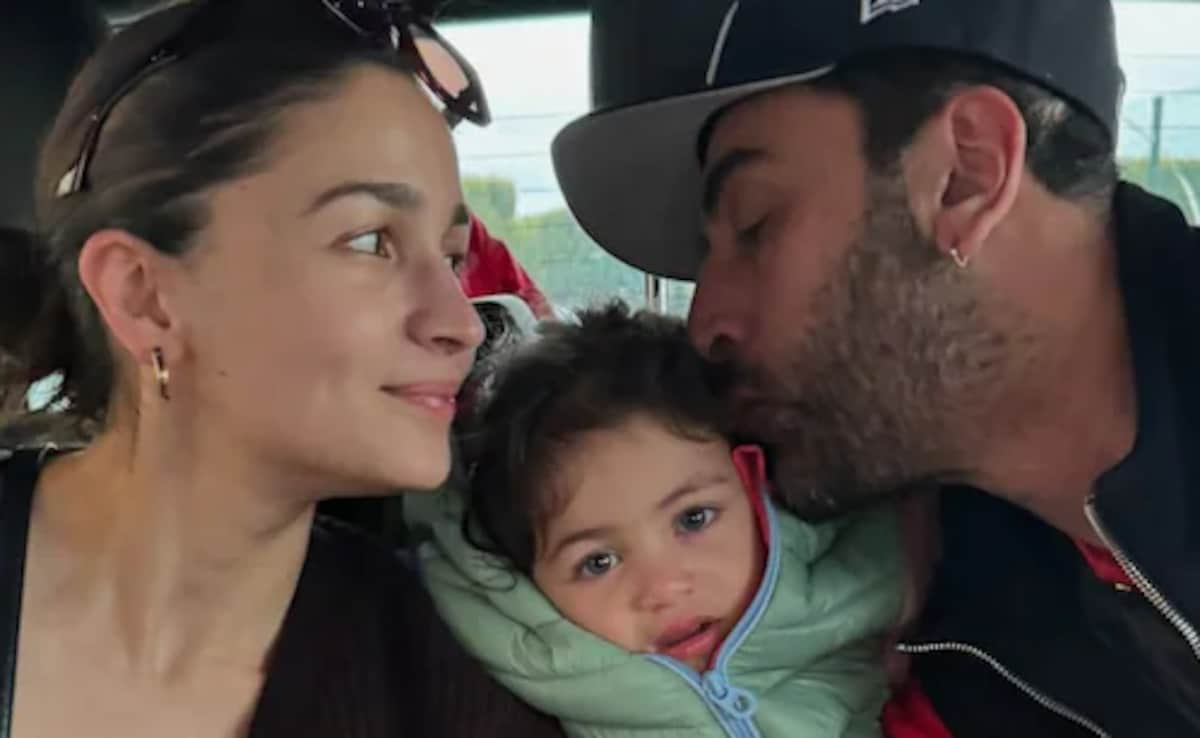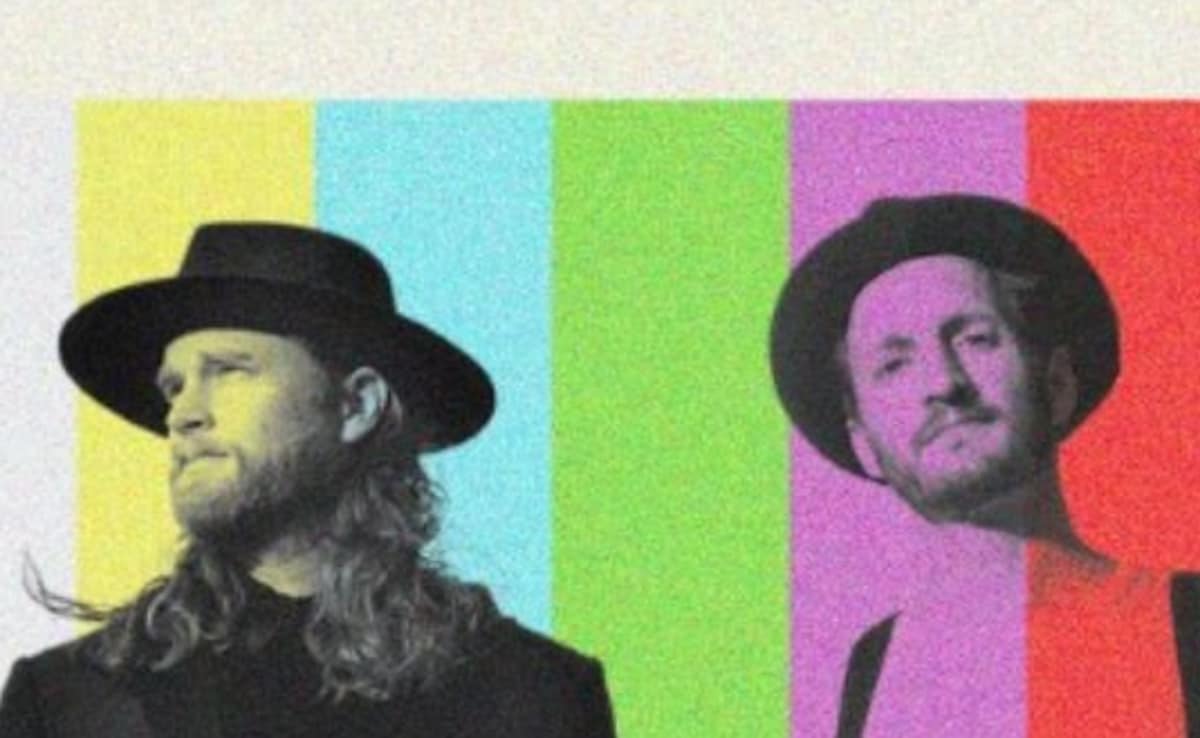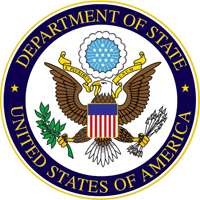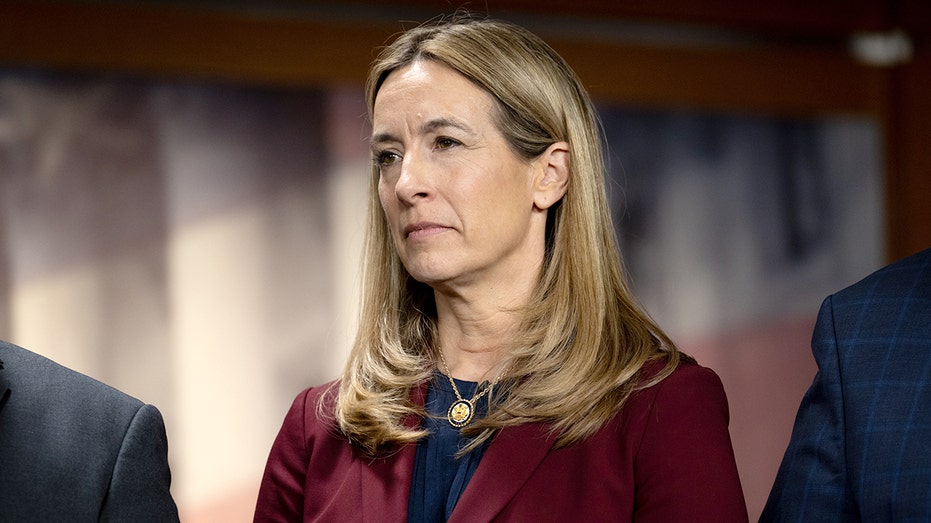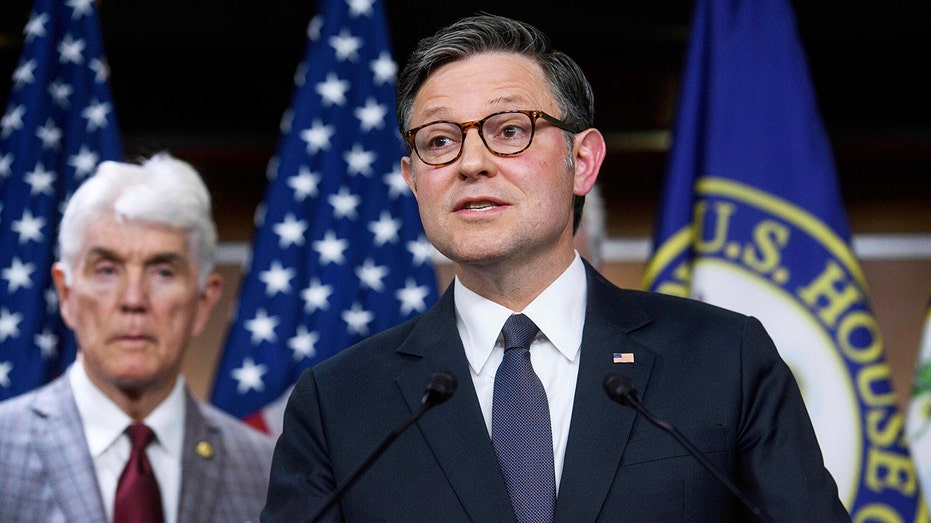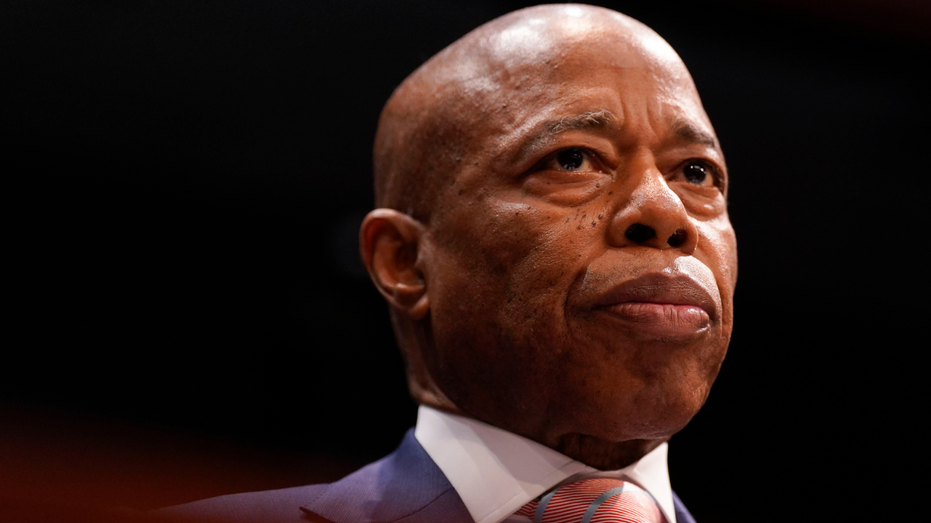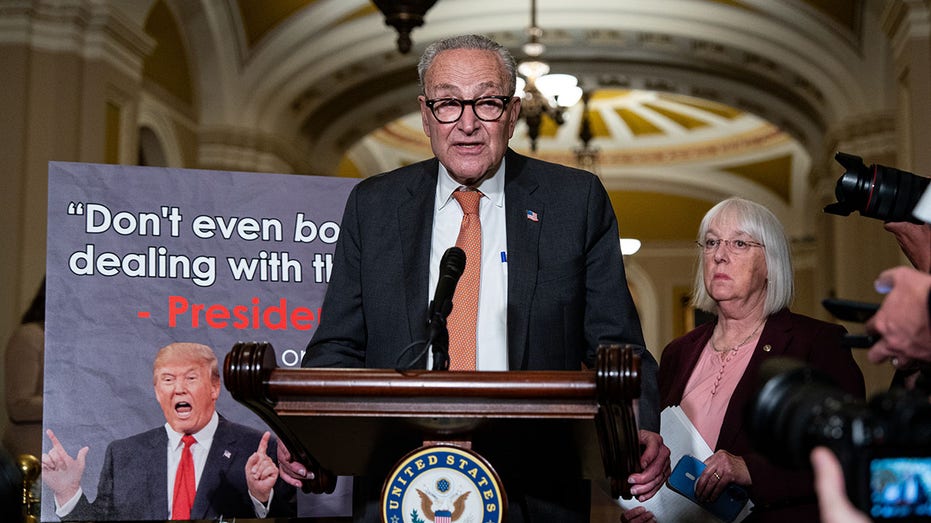“Hello, world!” The New York Times hopes to take the success of The Morning global with a new newsletter

The New York Times has long believed the potential audience for its subscriptions isn’t just New Yorkers or Americans but “every curious, English-speaking person seeking to understand and engage with the world.” A new global-minded newsletter, modeled after the Times’ über-successful newsletter The Morning, is a big step in that direction.
People at the Times described the new newsletter — The World, launched on Monday — as a “sister,” “child,” and “cousin” to The Morning. Whatever the relation, Jodi Rudoren, editorial director of newsletters at the Times, said The World will function as a new and improved version of the Times’ flagship newsletter for international readers.
“You know how [people say] if you have kids a few years apart, you do better with the second one? The World is also benefiting from some of the lessons learned with The Morning,” Rudoren said. “It’s more visual. It’s shorter. It has more video in it. It has a quiz every day instead of a quiz once a week. And it’s much more responsive to the sense of overwhelm that a lot of people are feeling.”
The Berlin-based Katrin Bennhold, a senior writer on the international desk and a 2013 Nieman fellow, will lead The World as “host.”
The World joins a slew of personality-driven news products launched by the Times in recent years — think The Daily with Michael Barbaro, The Ezra Klein Show, the rapidly expanding Opinion section, and the hiring of creator Pablo Torre. Increasingly, visitors to the Times homepage see vertical video featuring Times editors and reporters.
The tagline for The World is “a guide to understanding the news without feeling overwhelmed.” With both news fatigue and short-form video consumption on the rise, the Times is increasingly experimenting with news delivery beyond the article format.
Bennhold, a former Berlin bureau chief who has reported from more than a dozen countries for the Times, said there’s “a real public service mission” behind the video-heavy format of The World. (Here’s Bennhold interviewing fellow reporter Julie Turkewitz about the reaction inside Venezuela following U.S. military action on boats in the Caribbean Sea.)
“If we want to empower young people with information, we need to be where they are — and they are on platforms showing short videos. I know this firsthand, because I have two teenage daughters,” Bennhold said in a Times interview. “News fatigue and reading fatigue are real. Video is a very efficient way of understanding a story. You can learn a lot from a smart correspondent in three minutes.”
The World will feature cultural recommendations from Times reporters and editors in the field. In one early edition, recommendations included whiskey off Scotland’s western coast and a chef’s memoir.
Rudoren also emphasized the curation function of the newsletter.
“Sometimes on a big story, we have 17 articles and 17 takes, and the thing you really need the next morning is something connecting them,” Rudoren said. “The role of the host and the editors of these newsletters is to put themselves in the minds of that person waking up in the morning — often looking at their phone while in bed or on the subway — and curating and distilling and explaining [the news] in a human way.”
“The way I like to think about it is you really want to make sure that the person who’s reading it will not feel stupid at any time of the day,” Rudoren continued. “They won’t have to say to someone, ‘I have no idea what you’re talking about.’ And you want to give them something to add to the conversations around them — a little nugget of analysis or a new fact or a little surprise. That’s where these products go beyond some of the briefings that are out there from other news organizations. It’s not just that you won’t feel like you missed anything. It’s also that you will have something valuable to add to the conversation.”
Going global
The New York Times has nearly 12 million subscribers, including more than 2 million who live outside the United States. But the Times’ email newsletters reach an audience “far broader” than its current paid subscriber base. More than three-quarters of The Morning’s subscribers are not paid subscribers to The Times, a Times spokesperson said.
The Morning newsletter — which will get a new host in Sam Sifton later this fall — had more than 17 million subscribers last year. It now reaches “almost 16 million,” according to the Times.
In the past, the Times has described The Morning as having “nearly double the audience of the top three cable news shows.” More recently, folks at the Times have taken to saying The Morning has “more subscribers than the top 10 most popular Substacks combined.”
There’s a powerful pipeline behind the success of The Morning: U.S. and Canada-based readers who create Times accounts are automatically signed up to receive The Morning newsletter. (A Times spokesperson noted the news org “only sends newsletters to people who have explicitly authorized us to send them emails.”) The Times will give The World a similar boost: New registered users will get The World or The Morning, depending on where they live. The Times will also send The World in place of the Morning Briefing newsletters for Europe and Asia.
The Times has about 200 million email addresses and about 50 million have signed up to receive a newsletter, Rudoren said. She sees registered users — not yet paying for the Times but not exactly “top of the funnel” material — as critical to the Times achieving its ambitious subscriber goals.
“These are not passersby,” Rudoren noted. “I think this is the place to focus right now. Engaging the engageable is really the place to do the work, because that’s where the journalism can win over people.”
What's Your Reaction?
 Like
0
Like
0
 Dislike
0
Dislike
0
 Love
0
Love
0
 Funny
0
Funny
0
 Angry
0
Angry
0
 Sad
0
Sad
0
 Wow
0
Wow
0
































